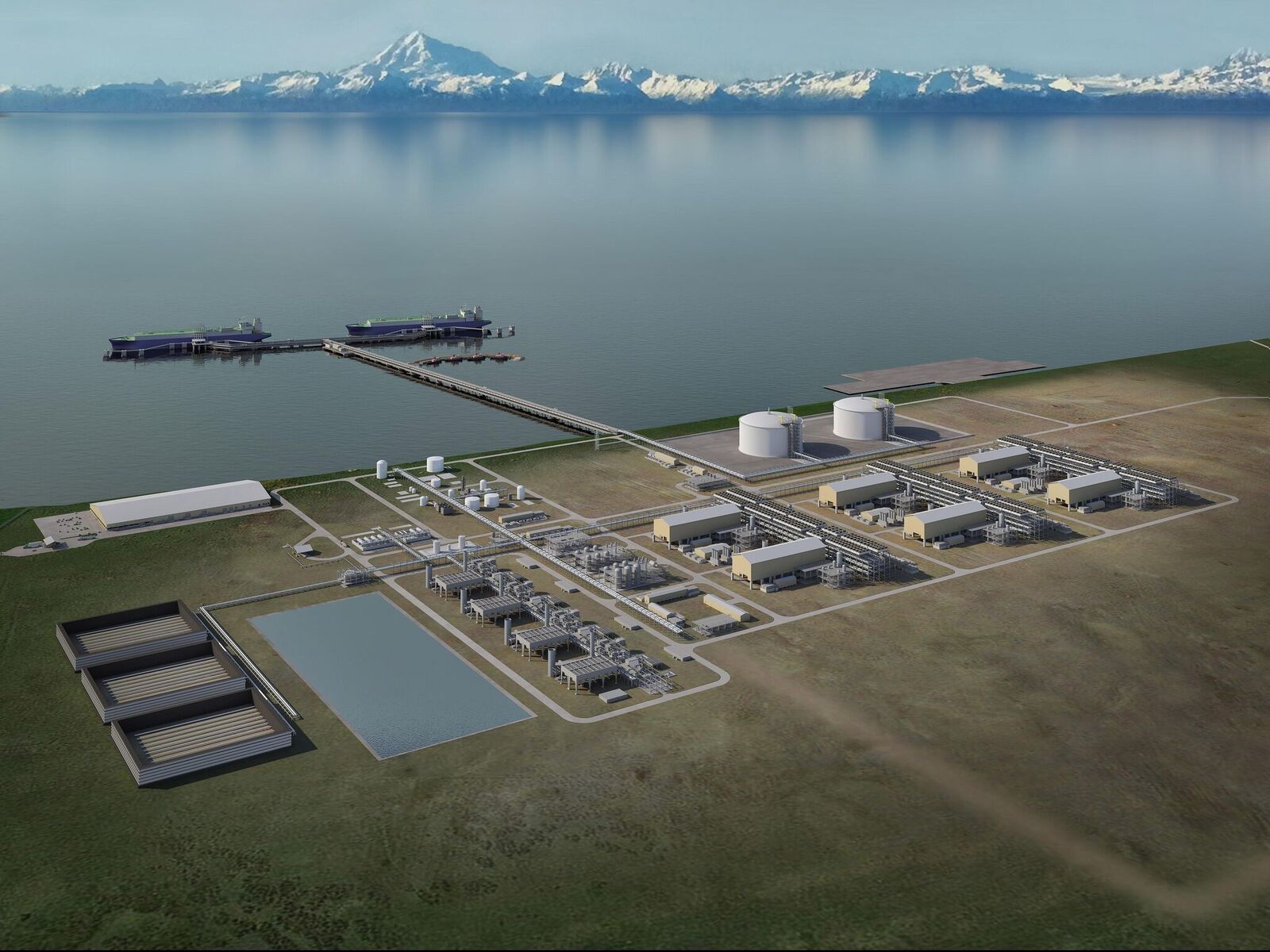Alaska Gasline Development Corporation, the state-owned developer of the Alaska LNG export project, is joining forces with Japan’s Mitsubishi and Toyo Engineering as well as Hilcorp Alaska to look into producing ammonia in the Cook Inlet region.
In that regard, the four firms have signed a memorandum of understanding to evaluate the commercial feasibility of utilizing North Slope natural gas delivered to Southcentral Alaska via the Alaska LNG project to produce “carbon-free” ammonia, according to a statement by AGDC.
The project would capture and sequester the carbon dioxide generated from this process in secure underground geologic formations, AGDC said.
This assessment project would further define Cook Inlet’s sequestration potential and the
economics for producing clean ammonia alongside LNG in Alaska, it said.
AGDC noted in the statement that ammonia is “central” to the zero-carbon energy strategies of nations across the Pacific Rim, including goals by Japan and Korea to become carbon neutral by 2050.
Japan plans to grow ammonia use in energy production to three million tons per year by 2030, up from zero today.
Cost advantage
In addition to Cook Inlet’s carbon sequestration capabilities, the parties factored other unique Alaska advantages into the decision to initiate the ammonia assessment, according to AGDC.
Round-trip tanker transport from Alaska to key Asian markets is more than 12,000 miles shorter than from the US Gulf Coast, reducing costs and shipping emissions, it said.
Also, Alaska delivered a 45-year record of success exporting LNG to Asia, AGDC said.
AGDC is developing the $38.7 billion Alaska LNG project. The firm secured an approval from the US FERC back in May 2020 to contract the project but it has not taken a final investment decision.
If developed, the project would consist of liquefaction facilities designed to produce up to 20 mtpa and pipeline capable of transporting up to 3.9 bcf of gas per day to the plant.

